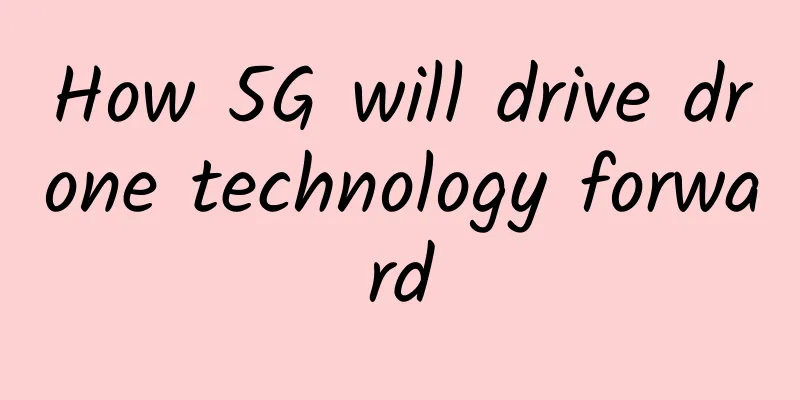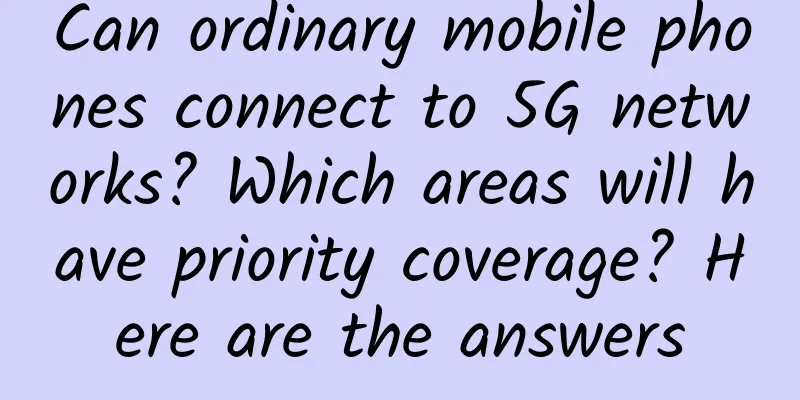How 5G will drive drone technology forward

|
Ever since drones took to the skies, they have become a hot topic among content creators, flying enthusiasts or innovators looking to take this technology to new heights. In addition to consumer use of drones, businesses and the public sector are leveraging drones in a variety of ways, from supporting search and rescue missions, facilitating infrastructure inspections and delivering medical supplies, to improving healthcare services in remote communities. Drones have become an innovative way to support communities, businesses and people’s lives. Now that drone use is expanding, regulators have been giving the green light to the use and unlocking of drone technology so that new innovations can be discovered and benefit people in a wide variety of ways. What’s next for drone technology? One promising and critical approach is to explore new and safer uses for drones using the highly reliable, ultra-low latency communications links of 5G networks. Thanks to public-private cooperation, 5G will continue to be rolled out in the UK, US and other countries around the world. Small drones solve big problemsPrivate 5G networks will be key to providing reliable communication links when safely coordinating drone missions. By combining low-latency, high-speed, and high-capacity 5G networks with edge computing, we can command drones in near real-time and reduce the likelihood of dropped connections. This means fewer loss of control and fewer mid-air collisions. Data is key to artificial intelligence, and many drones are used to collect data, rather than sending people to investigate dangerous electrical signals or waiting for important data to download after the flight. Researchers are already testing in the field how to use 5G, mobile edge computing and artificial intelligence to help drones detect, understand and respond to changing weather conditions. Quality data can be sent through the edge layer in the network to create faster images or provide real-time data for fire emergency personnel. A 2014 study from MIT showed that the human brain can process images as short as 13 milliseconds (ms). That’s low latency! It allows us to safely throw and catch a ball, drive a car, cut up food, and more. Drones aim to be as fast as the human brain processes visual information. This allows operators to see things in real time and react quickly. For example, if a drone is flying at 25 mph, a 100 millisecond delay means the drone has flown about three feet before the operator sees the video. Three feet can be the difference between a mission success or failure, and the difference between a safe flight and a crash. Connecting to a 5G network means drones can send information back to base in real time. Earlier all the information from drone mounted cameras, sensors and telemetry was only available from the drone’s hard drive once the drone landed. 5G connectivity changes all that and opens up new possibilities. Among other things, longer delays mean operators can’t fly drones as quickly, which means tasks like scanning farmland take longer — or, for example, searching for injured people in a forest fire. Developers often use strategies such as increasing frame rates and compressing video to reduce latency. However, the capacity of the network determines how long the transmission takes and limits the maximum speed at which data can be transmitted. Existing 4G networks offer an average latency of about 50 milliseconds. High-performance 5G networks should be around 10 milliseconds. 5G drones are just getting startedBetter download speeds, food delivery, and even helping first responders put out fires to save lives are just scratching the surface of what 5G drone technology can do. It can also be used for:
There are countless examples like this. Both 5G and drone technology are exciting technologies in their own right. Combining the two unlocks new capabilities and could bring amazing benefits to people around the world. When it comes to 5G-powered drones, the possibilities are truly endless. About the TranslatorZhao Qingtiao, 51CTO community editor, has been engaged in driver development for many years. His research interests include secure OS and network security, and he has published network-related patents. Original title: The Future of Innovation: How 5G Is Pushing Drone Technology Forward , author: Adam Schink |
<<: Easy to understand, this article will introduce you to the HTTP protocol?
>>: Dissecting an HTTP POST request incident
Recommend
Analysis on the Evolution of Home Wi-Fi Transmission Network Technology
Author: Tang Xiangming, Unit: China Mobile Smart ...
5G and edge computing, how to choose?
With emerging trends like 5G and edge computing, ...
As the gateway integrator, this open source web application hosting tool is a magical tool!!!
introduce Today I would like to introduce an inte...
People's Daily Overseas Edition: "China's Internet Speed" Empowers Thousands of Industries
[[386248]] As of the end of 2020, China has opene...
If 12345G were in a WeChat group, what would they talk about?
[[269676]] Scene 1 The development and rise and f...
DogYun: Japan Dynamic Cloud 60% off, starting at 0.0457 yuan/hour, Classic Cloud 20% off
DogYun has launched a promotion for Japanese data...
Why is your internet speed still so slow after using CDN? Here are 4 reasons!
CDN, or Content Delivery Network, is designed to ...
Will 5G base stations emit more radiation than 4G base stations? I finally figured it out
Despite repeated popularization of knowledge, man...
2G network withdrawal encounters new resistance, and most of the existing IoT is based on 2G network
Currently, operators are actively migrating 2G us...
Yike Cloud: 10% off monthly VPS and 20% off quarterly VPS, starting from 64 yuan/quarter for CN2 lines in the United States/Japan/Hong Kong
OneTechCloud launched a new promotion in March, o...
AWS launches 5G service, officially enters the mobile network market
Amazon Web Services (AWS) has launched the AWS Pr...
Ten underutilized SD-WAN features
SD-WAN is more than just an alternative to Multip...
Improving efficiency and reliability using SDN in multi-layer networks
Abstraction is a big issue in Software Defined Ne...
Let’s talk seriously about what is a fiber optic terminal box?
When it comes to network cabling, outdoor connect...
The story of spectrum: from analog signals to 3G and now to 5G networks
Preface: From telegraph to 5G communication, it i...









